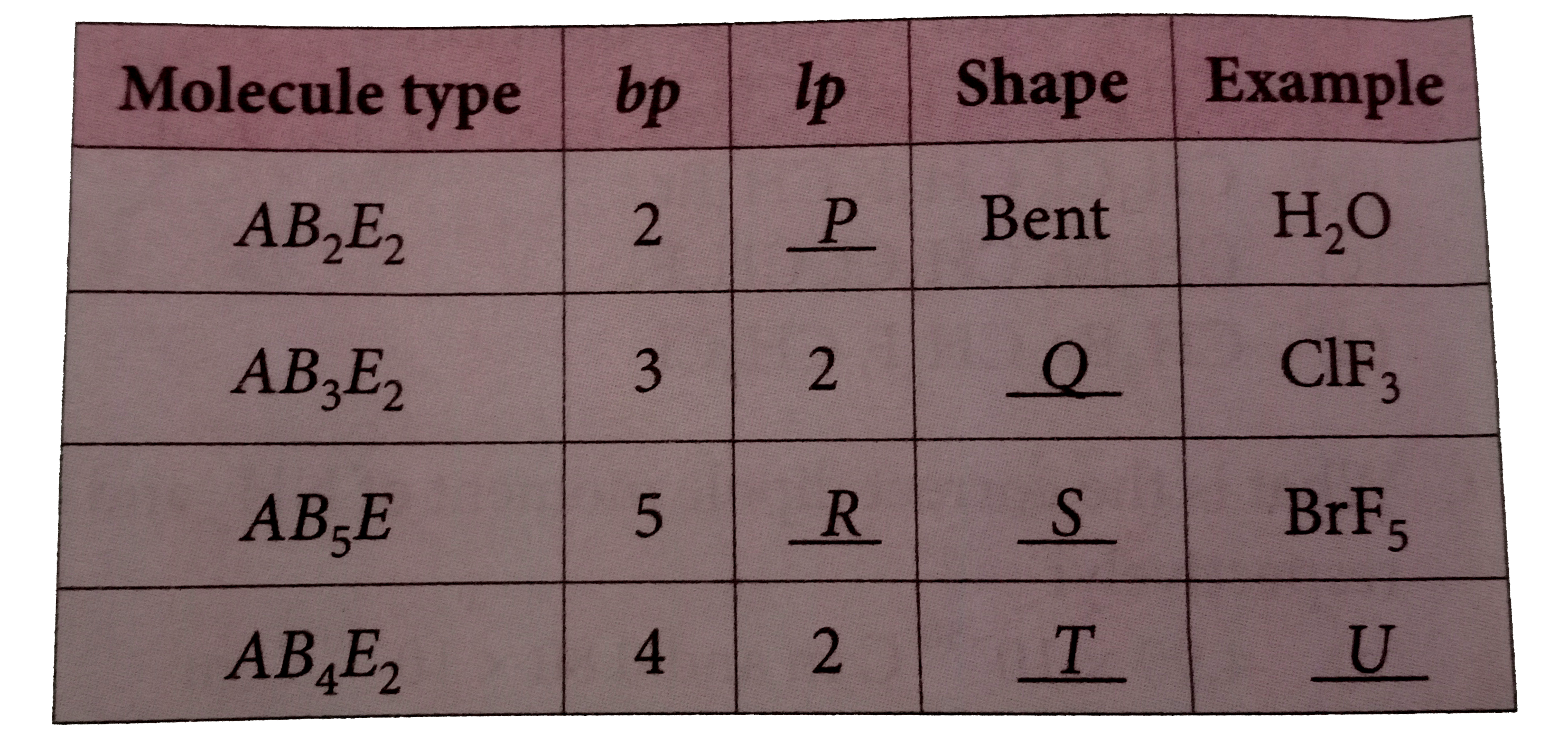Name a neutral covalent molecule which contains lone pair of electrons.
To answer the question, "Name a neutral covalent molecule which contains lone pair of electrons," we can follow these steps:
Step 1: Understand the Question
We need to identify a neutral covalent molecule that has at least one lone pair of electrons. A covalent molecule is formed when atoms share electrons.
Step 2: Identify Characteristics of Covalent Molecules
Covalent molecules typically consist of nonmetals. They can be neutral, meaning they have no overall charge.
Step 3: Consider Examples of Covalent Molecules
Some common covalent molecules include water (H2O), ammonia (NH3), and methane (CH4). However, we need to focus on those with lone pairs.
Step 4: Analyze Ammonia (NH3)
1. Chemical Formula: NH3
2. Composition: It contains one nitrogen atom (N) and three hydrogen atoms (H).
3. Valence Electrons: Nitrogen has 5 valence electrons. It shares three of these with three hydrogen atoms, forming three covalent bonds.
4. Lone Pair: After forming these bonds, nitrogen has one lone pair of electrons remaining.
Step 5: Confirm Neutrality
The molecule NH3 is neutral because the total number of protons (positive charges) equals the total number of electrons (negative charges).
Step 6: Draw the Structure
In the Lewis structure of NH3, nitrogen is at the center with three hydrogen atoms bonded to it and one lone pair of electrons above it.
Final Answer
The neutral covalent molecule that contains a lone pair of electrons is Ammonia (NH3).
---
We need to identify a neutral covalent molecule that has at least one lone pair of electrons. A covalent molecule is formed when atoms share electrons.
Covalent molecules typically consist of nonmetals. They can be neutral, meaning they have no overall charge.
Some common covalent molecules include water (H2O), ammonia (NH3), and methane (CH4). However, we need to focus on those with lone pairs.
1. Chemical Formula: NH3
2. Composition: It contains one nitrogen atom (N) and three hydrogen atoms (H).
3. Valence Electrons: Nitrogen has 5 valence electrons. It shares three of these with three hydrogen atoms, forming three covalent bonds.
4. Lone Pair: After forming these bonds, nitrogen has one lone pair of electrons remaining.
The molecule NH3 is neutral because the total number of protons (positive charges) equals the total number of electrons (negative charges).
In the Lewis structure of NH3, nitrogen is at the center with three hydrogen atoms bonded to it and one lone pair of electrons above it.
The neutral covalent molecule that contains a lone pair of electrons is Ammonia (NH3).
Topper's Solved these Questions
- CHEMICAL BONDING BOOK - ICSECHAPTER - CHEMICAL BONDING EXERCISE - Questions from Previous ICSE Board Papers (2007)
4 Videos
- CHEMICAL BONDING BOOK - ICSECHAPTER - CHEMICAL BONDING EXERCISE - Questions from Previous ICSE Board Papers (2008)
3 Videos
- CHEMICAL BONDING BOOK - ICSECHAPTER - CHEMICAL BONDING EXERCISE - Questions from Previous ICSE Board Papers (2005)
7 Videos
- ANALYTICAL CHEMISTRY-USE OF AMMONIUM & SODIUM HYDROXIDEBOOK - ICSECHAPTER - ANALYTICAL CHEMISTRY-USE OF AMMONIUM & SODIUM HYDROXIDEEXERCISE - Additional Questions
6 Videos
- CHEMISTRY 2011BOOK - ICSECHAPTER - CHEMISTRY 2011EXERCISE - SECTION-II
48 Videos
Similar Questions
Knowledge Check
Which one of the following molecules contain one lone pair of electrons on the central atom?
ACH4BNH3CCCl4DH2O
A compound having one lone pair of electrons :
View SolutionThe molecule which contains maximum number of lone Pair is
View SolutionRewrite each incorrect statement in the correct form using appropriate word/words.
Hydronium ion formed from a water molecule and a hydrogen atom contains two lone pairs of electrons.
View SolutionDraw the electron dot diagram to show the formation of a stable positive ion from a molecule Having two lone pair of electrons and another atom short of a lone pair of electrons [e.g. H1+]
View SolutionGiven below is the table showing shapes of some molecules having lone pairs of electrons. Fill up the blanks left in it.

View SolutionWhich of the following sets of molecules contains the same number of lone pairs of electrons in the central atom ?
View SolutionGive reasons for the following:
A molecule of ammonia has one lone pair of electrons.
View Solution
